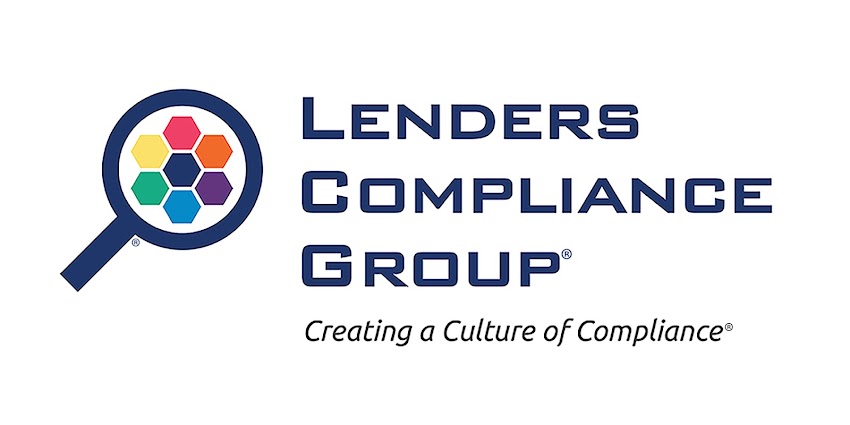QUESTION
We
would like to put a section into our SAFE Act policy and procedures to account
for civil liabilities and penalties. What are the civil liabilities under the
SAFE Act? Are there gradations of the penalty amounts?
ANSWER
The SAFE Act specifies a maximum civil penalty of $25,000
(adjusted to $28,474 as of January 12, 2018) for each violation of its
provisions.
The Dodd-Frank Act offers the possibility of substantially higher
penalties than the maximum penalty specified by the SAFE Act, the SAFE Act
being a Federal consumer financial law
within the meaning of the Dodd-Frank Act. (See below for my definition of the
foregoing emboldened term.)
These penalties (which the CFPB may inflation-adjust from time to
time) may vary from up to $5,000 per day for any violation, to $25,000 per day
for a violation “recklessly engaged in,” and to $1 million per day for a
provision “knowingly violated.” Even firms that are not subject to the CFPB’s
enforcement authority – such as depository institutions with total consolidated
assets of less than $10 billion – are subject to these penalties, which could
be sought by their prudential regulator or an applicable state Attorney General
or state regulator, and perhaps by consumers as well.
On January 12, 2018, the CFPB adjusted the civil money penalty
amounts, as required by the Federal Civil Penalties Inflation Adjustment Act.
The CFPB increased the maximum civil monetary penalties under the Consumer Protection
Act (Title X of the Dodd-Frank Act), 12 USC § 1055, for violating a Federal
consumer financial law to $5,639 per day for a Tier 1 penalty, $28,195 for a
Tier 2 penalty (“reckless” engagement), and $1,127,799 for a Tier 3 penalty
(“knowing violation”).
The
term Federal consumer financial law
includes the Alternative Mortgage Transaction Parity Act (AMTPA), the Consumer
Leasing Act (CLA and Regulation M), the Electronic Fund Transfer Act (EFTA and
Regulation E), the Equal Credit Opportunity Act (ECOA and Regulation B), the
Fair Credit Billing Act (FCBA, addressed in Regulation Z), the Fair Credit
Reporting Act (FCRA), the Home Owners Protection Act (HOPA, primarily regarding
mortgage insurance), the Fair Debt Collection Practices Act (FDCPA), parts of
the FDIC Act and Gramm-Leach-Bliley Act, the Home Mortgage Disclosure Act (HMDA
and Regulation C), the Home Ownership and Equity Protection Act (HOEPA,
addressed in Regulation Z), the Real Estate Settlement Procedures Act (RESPA and
Regulation X), the S.A.F.E. Mortgage Licensing Act (SAFE Act), the
Truth-in-Lending Act (TILA and Regulation Z), the Truth-in-Savings Act (TISA),
section 626 of the Omnibus Appropriations Act of 2009 (addressed in the MAP and
MARS rule, CFPB Regulations N and O), and the Interstate Land Sales Full
Disclosure Act.
Jonathan Foxx
Managing Director
Lenders Compliance Group
